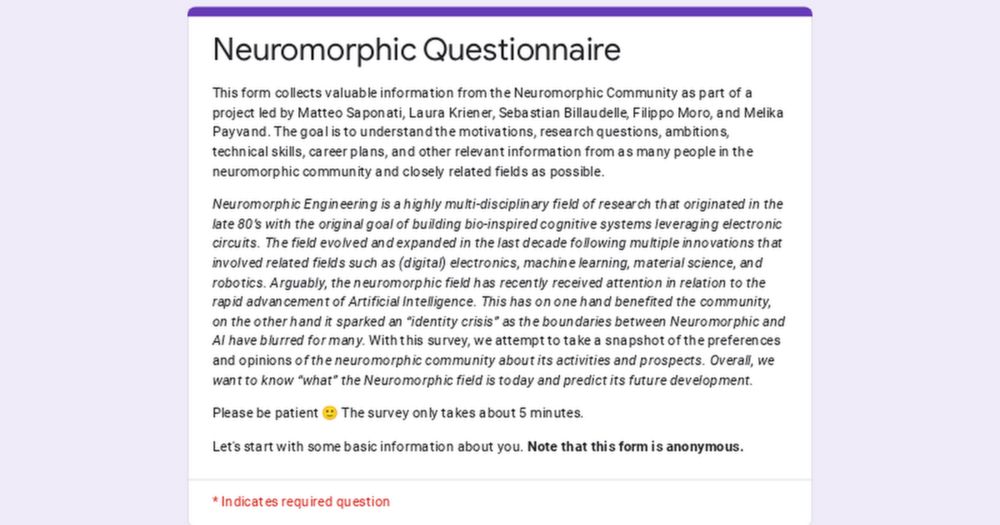Matteo Saponati
@matteosaponati.bsky.social
200 followers
86 following
15 posts
I am a research scientist in Machine Learning and Neuroscience. I am fascinated by life and intelligence, and I like to study complex systems. I love to play music and dance.
Postdoctoral Research Scientist @ ETH Zürich
↳ https://matteosaponati.github.io
Posts
Media
Videos
Starter Packs
Reposted by Matteo Saponati
Reposted by Matteo Saponati
Reposted by Matteo Saponati







